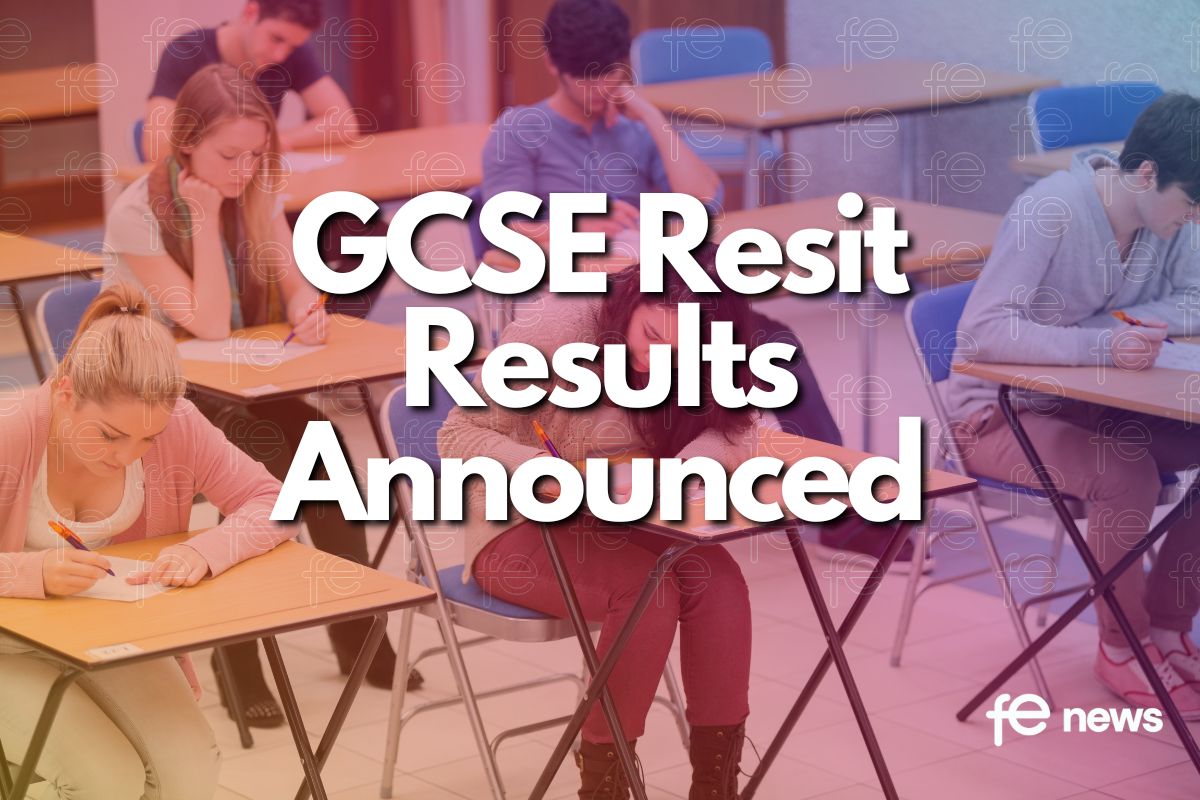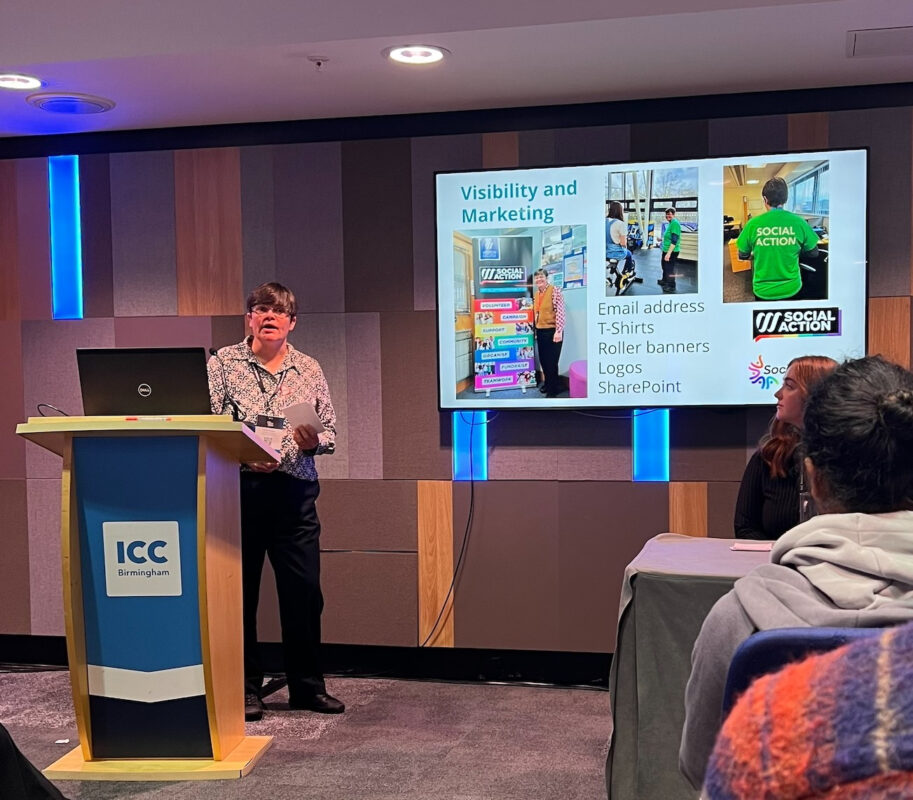What should remote education look like?

@EducationGovUK answer your remote learning questions:
How can your child learn remotely if you don’t have a laptop?
Earlier this week we announced all primary schools, secondary schools, colleges and other Further Education (FE) providers in England are now required to deliver remote education for the majority of their pupils and students to help stop the spread of the virus. The only people who should be attending schools and colleges in person are vulnerable and critical worker children. Schools, colleges and their staff have been working extremely hard to make sure remote learning is in place for pupils, alongside all the work to ensure schools and colleges themselves can be as safe as possible.
We recognise this is an extremely challenging period, and will continue to support schools, colleges and their staff to deliver the best possible remote education.
We’re aware that this is a challenging and confusing time for teachers, carers and parents, and so we have information on how remote education will work for your child:
What can I expect remote education to look like?
Schools will be expected to continue remote education until February half-term at the earliest. We will continue to support schools and teachers as they use new technology and teaching methods to ensure children are able to stay motivated and engaged with their learning whilst outside the classroom.
Parents: you’re not alone, keep in touch with your school and seek help if you need it”
Primary school head Andrew Truby explains why he thinks schools are better prepared to deliver remote education than they were in March pic.twitter.com/LcbD2RwsUT
— Department for Education (@educationgovuk) January 7, 2021
When being taught remotely, your child’s school is expected to set meaningful and ambitious work each day in several different subjects. Schools are expected to provide remote education that includes either recorded or live direct teaching and should be of equivalent length to the core teaching pupils would receive in school. As a minimum that is:
- 3 hours a day for Key Stage 1 (years 1 and 2 when pupils are aged between 5 and 7)
- 4 hours a day for KS2 (years 3-6 when children are aged between 7 and 11)
- 5 hours a day for KS3 and KS4 (secondary school up to age 16)
Those hours include both direct teaching and time for pupils to complete tasks or assignments independently.
What can I expect remote education to look like in colleges and other FE providers?
When delivering remote education, we will continue to support FE providers to deliver as much of students’ planned hours as possible. Those hours include both direct teaching and time for students to complete tasks or assignments independently.
We know for some students this may not be possible, for example where a student is undertaking a course involving practical teaching and training which necessitates the use of specialist equipment and supervision or with respect to work experience and placements.
FE providers will be checking students are engaged in their study at least once a week and providing regular feedback on their progress.
To make sure students and parents have all the information they need about the remote education their FE provider is offering, FE providers will need to publish details about their remote education on their websites from 18 January.
Our family does not have access to a laptop and/or the internet, can my child still learn remotely?
Yes – we are continuing to work with teachers and staff to ensure schools and colleges are able to overcome barriers of digital access. Schools and colleges may also provide their own laptops, or consider different forms of remote education such as printed resources or textbooks, supplemented with other forms of communication to keep pupils and students on track or answer questions about work.
On Sunday 20 December, we announced that one million laptops will reach schools, colleges, other FE providers and local authorities to help ensure students have access to high quality remote education. Despite unprecedented global demand, over 560,000 devices have already been delivered in 2020, with an extra 100,000 this week alone. By the end of next week, we will have delivered three quarters of a million devices.
This has been backed by a £300 million investment in access to remote education and online social care. This comes alongside our commitment to helping young people catch up after a period of disruption to their education through the National Tutoring Programme, which 70,000 pupils have already enrolled in, and the universal Catch-Up Premium.
It may also be that some children and young people who have difficulty engaging in remote education, including those without a device, may be considered to be vulnerable, and therefore eligible to attend provision in person. As outlined in the guidance, this is a decision based on local discretion and the needs of the child and their family, as well as a wide range of other factors.
Schools will be expected to offer pupils a set number of hours of remote education to ensure young people receive high quality learning at home.
We’ve scaled up the delivery of laptops and tablets for those who need them the most so they can carry on their education. pic.twitter.com/nkMYCpKCC6
— Department for Education (@educationgovuk) January 7, 2021
Will my child’s school provide us with a laptop for my child’s remote learning needs?
Schools across the country are allocated a certain number of laptops based on need – the allocation is intended to enable the school to support disadvantaged children in years 3 to 11 who do not already have access to a device.
Schools can order laptops through our service on GOV.UK, and are then responsible for lending them to children to enable them to learn remotely. Parents and carers should talk to their child’s school about the remote learning they are offering.
Who will receive these devices?
Over 560,000 devices have already been sent to schools. Schools will then allocate them to children who do not have access to a device. During the spring term we are also extending support to disadvantaged 16-to-19 year olds, including those in further education.
My child is 17, can they receive remote education support?
We are extending laptop and tablet support to disadvantaged 16-to-19-year olds in further education this term. Schools with sixth forms, colleges and other FE institutions will be invited to order laptops and tablets to support disadvantaged students to access remote education. This builds on from the support providers have made available via the 16-19 bursary fund and institution-level investment to provide laptops and tablets for those who need them.
What about if I do not have broadband access in my home to access remote learning for my child?
We are working with some of the UK’s leading mobile network operators including EE, who are part of BT, Three, Vodafone and O2 to provide free data to disadvantaged families. Families will benefit from this additional data until July 2021.
Schools can request support via the Get Help with Technology service. To request support, they will need to supply the name of the account holder, mobile number and relevant provider.
Families should not request an increase in mobile data directly from the Department for Education or their mobile provider.
We are also continuing to provide 4G wireless routers with free data for the academic year where needed for pupils without connection at home.
What else is the department doing to help my child catch up on the education they may have missed during the pandemic?
In June 2020 the Prime Minister and Education Secretary announced a £1bn catch-up package to directly tackle the impact of lost teaching time on children in England. The package includes the catch-up premium, a one of grant (£650m) which will be shared across state primary and secondary schools over the 2020/21 academic year. It also includes a separate National Tutoring Programme (£350m) which will increase access to high-quality tuition for disadvantaged pupils.
Almost 70,000 disadvantaged pupils are now confirmed to have enrolled in the NTP, as the government continues to step up work to support young people.
If you require more information on what the latest national restrictions mean for education settings, please visit our latest ‘your questions answered’ piece.











Responses